Computer keyboard malfunction troubleshooting methods
Jul. 03, 2025 / Updated by Seraphina to Windows 10
The computer keyboard is an essential tool for inputting data into our computers on a daily basis. If it becomes unresponsive or malfunctions, it can disrupt our work and learning progress. So, what should we do when we encounter such issues? This article will introduce several common solutions, hoping to help you restore the normal function of your keyboard.

1. Check the Physical Connection of the Keyboard:
Sometimes, keyboard unresponsiveness or malfunctions may be due to physical connection issues, such as loose keyboard cables or dusty or damaged keyboard ports. Therefore, the first thing we should do is to check the physical connection of the keyboard.
Here are the specific steps:
If you are using an external wired keyboard, you can unplug the keyboard cable from the computer and then plug it back in to ensure a secure connection. If it still doesn't work, you can try using a different USB port or a different keyboard cable.
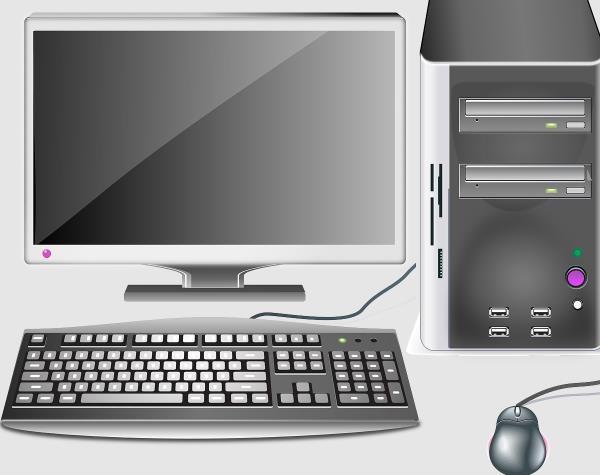
If you are using an external wireless keyboard, you can check if the keyboard batteries are charged and installed correctly. If the batteries are fine, you can try reconnecting the keyboard's wireless receiver or replacing it with a new one.

If you are using a built-in keyboard on a laptop, you can check for any looseness or damage. If there is any, you can tighten the keyboard screws with a screwdriver or replace the keyboard with a new one. If not, you can try using a hairdryer or compressed air to clean the dust from the keyboard or use a cotton swab with alcohol to clean the keyboard contacts.
2. Check the Keyboard Drivers:
If the physical connection of the keyboard is fine, keyboard unresponsiveness or malfunctions may be due to issues with the keyboard drivers, such as outdated or missing drivers. Therefore, we need to check and update the keyboard drivers to ensure the normal operation of the keyboard.
Here are the specific steps:
1. We need to open Device Manager, which can be done by searching for "Device Manager" in the Start menu or right-clicking on "This PC" and selecting "Manage". Then, we need to find and expand the "Keyboards" option and check the status of the keyboard device.
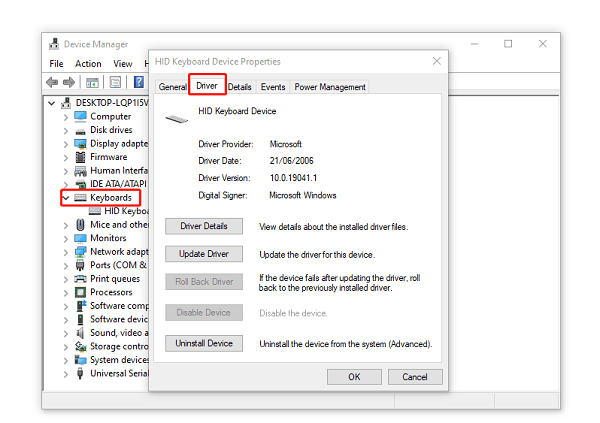
If the device status of the keyboard is normal, then the keyboard drivers are fine, and we can skip this step. If the device status of the keyboard shows a problem, such as a yellow exclamation mark or a red cross, then there is an issue with the keyboard drivers, and we need to proceed to the next step.
2. We need to update the keyboard drivers, which can be done by using the "Driver Talent" software. Click on "Peripheral Drivers" on the left side, find "USB Device", click on "Rescan" in the upper right corner to automatically search for available driver software updates, and let the software automatically find and install the latest drivers for us.
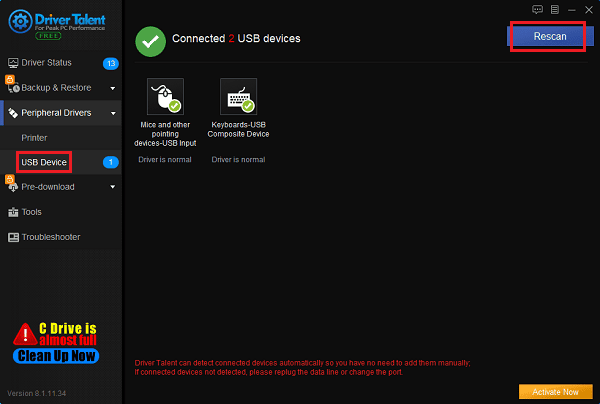
3. Check the System Settings for the Keyboard:
If there are no issues with the physical connection and drivers of the keyboard, unresponsiveness or malfunctions may be due to problems with the system settings for the keyboard, such as incorrect language settings, occupied shortcut keys, or disabled function keys. Therefore, we need to check and adjust the system settings for the keyboard to ensure its normal operation.
Here are the specific steps:
1. We need to open Control Panel, which can be done by searching for "Control Panel" in the Start menu or right-clicking on "Start" and selecting "Control Panel". Then, we need to find and enter the "Keyboard" option to view the relevant settings. In the "Keyboard" option, we can select "Change Keyboard Settings" and ensure that all settings meet our requirements.
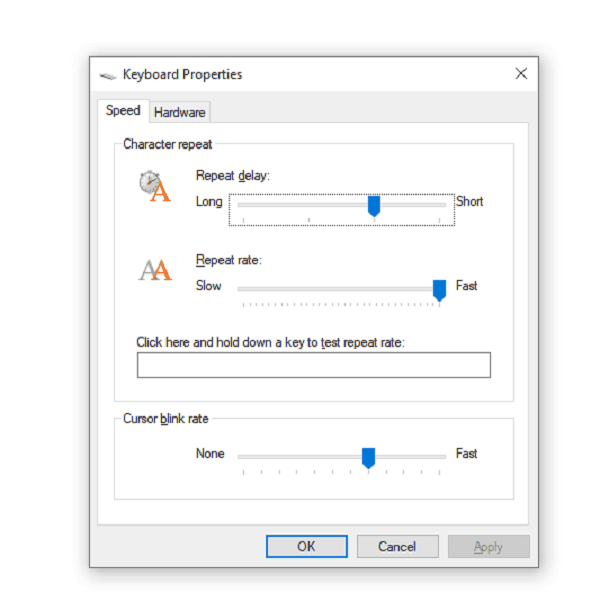
For example, we can set the keyboard's repeat delay and repeat rate to adjust its sensitivity and response speed. We can also set the keyboard's language and layout to ensure that its input meets our habits. We can also set keyboard shortcuts to facilitate quick switching of keyboard functions or launching certain programs. If we don't need certain keyboard functions, we can uncheck the corresponding options to avoid keyboard conflicts or accidental operations.
2. We need to check if the function keys on the keyboard are disabled, which can be done by checking the indicator lights on the keyboard or pressing the function keys. If the indicator lights on the keyboard are off or pressing the function keys has no effect, then the function keys on the keyboard may be disabled. We can re-enable the function keys by pressing the Fn key or F-lock key on the keyboard or by entering BIOS settings. The specific operation methods may vary depending on the brand and model of the computer, and we can refer to the computer's manual or online tutorials for instructions.
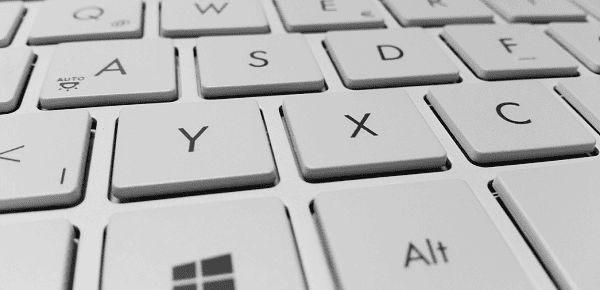
These are the troubleshooting methods for computer keyboard malfunctions. We hope they are helpful to you. If you encounter issues with drivers for network cards, graphics cards, Bluetooth, sound cards, etc., you can download "Driver Talent" for detection and repair. Additionally, Driver Talent supports driver downloads, installations, backups, etc., providing flexible driver management solutions.
See also:
How to Open Task Manager on Computer
How to download Brother printer drivers
Twelve ways to fix no sound on computer
Computer Win key unresponsive, how to solve
Is it essential to update computer drivers

|
ExplorerMax |

|
Driver Talent for Network Card | |
| Smart and advanced file explorer tool for Windows platforms | Download & Install Network Drivers without Internet Connection | |||
| 30-day Free Trial | Free Download |







